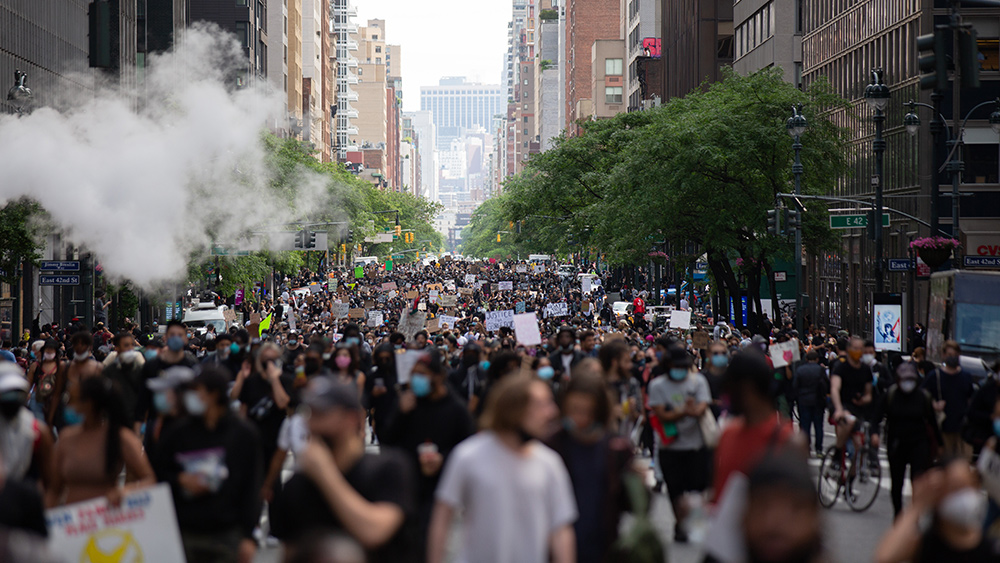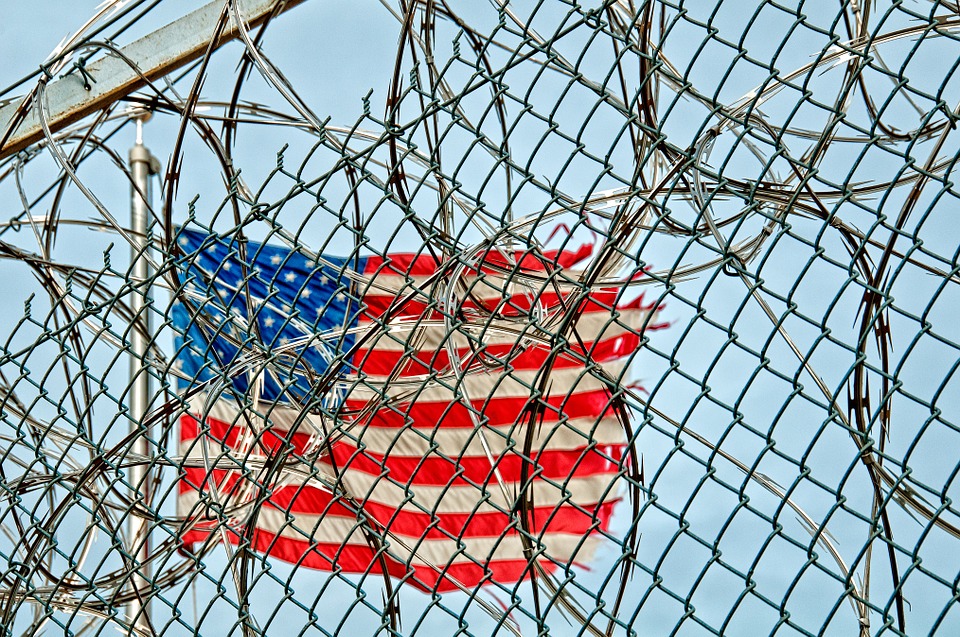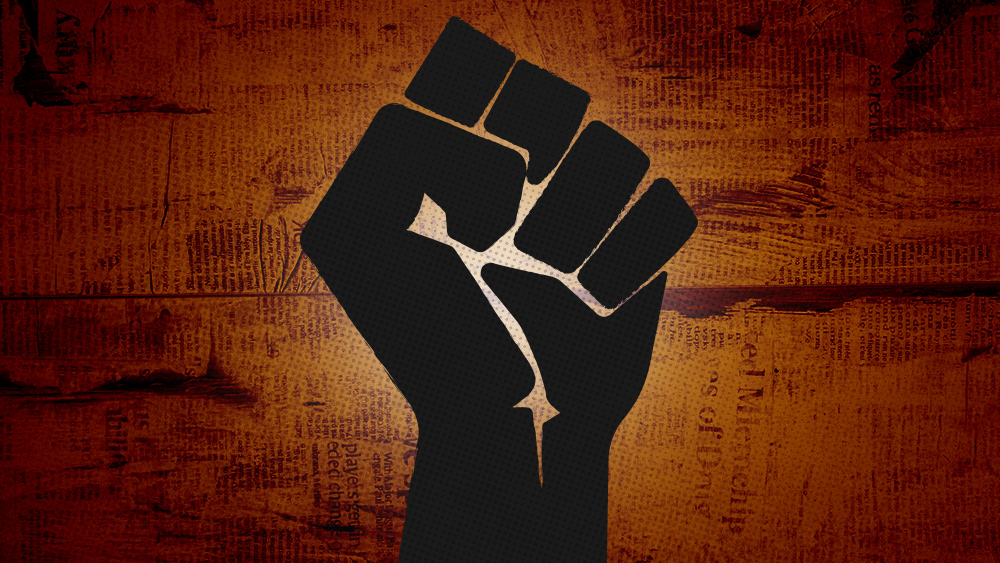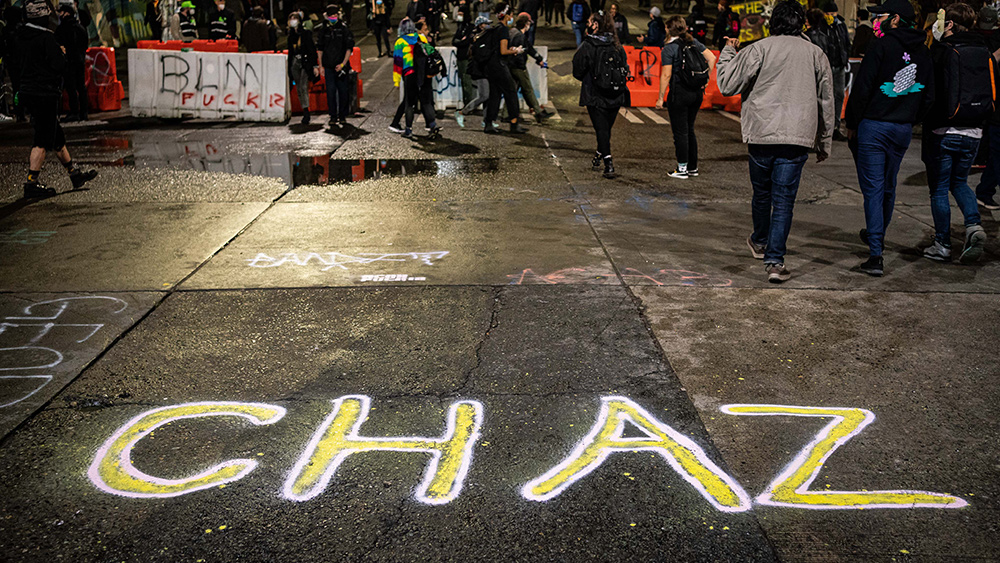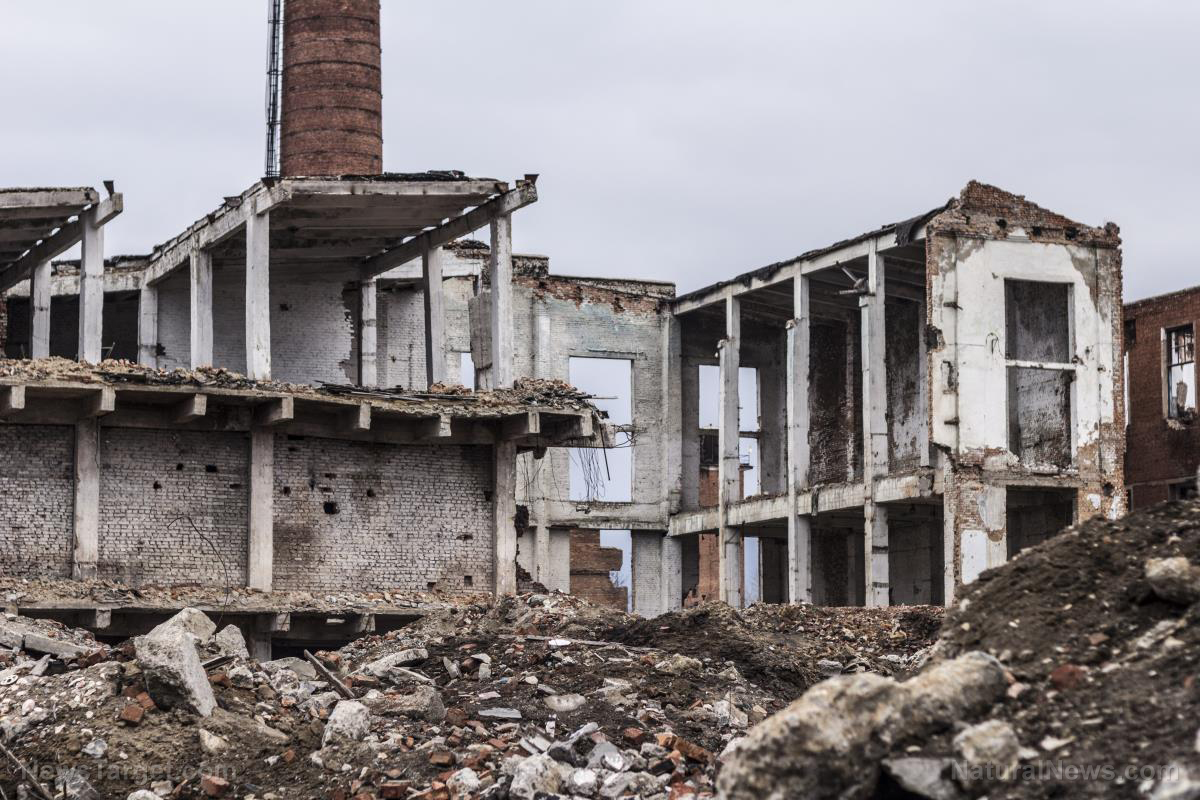Mobs don’t have the right to decide which statues come down
07/04/2020 / By News Editors

It’s difficult to evaluate the character and actions of individuals from the past. Historical figures were people of their time, influenced by the ideas and moral premises taken for granted then. Besides that, people we consider good simply can do bad things.
(Article by Fr. Michael P. Orsi republished from LifeSiteNews.com)
A perfect illustration for those of us in the Church is St. Peter. He was Jesus’s “right-hand man” throughout the years of Christ’s earthly ministry. Yet, he attempted to interfere with Jesus’s mission as Messiah, trying to keep him from going to Jerusalem. Jesus rebuked Peter harshly for that, even calling him “Satan.”
Additionally, while Jesus was being examined by the high priest over allegations of blasphemy, Peter denied even knowing him.
Peter also insisted on imposing the rigid structures of Jewish law on those seeking to become Christians. He argued over this bitterly with the Apostle Paul, and that argument split the Church deeply.
Of course, we know that there’s more to Peter’s story. He realized his errors, repented of his sins, and became the first Pope, giving his life as one of Christianity’s early martyrs.
But if all we knew about Peter was the first part of the story, would we ever wish to see a statue of him? Would we remove his name from the great basilica that sits at the center of the Vatican? After all, some things he did just weren’t right.
Recently, statues of St. Junípero Serra, the missionary priest of California, were taken down in San Francisco and Los Angeles. Others have been vandalized or are soon to be removed.
A Spanish Franciscan, St. Junípero founded missions up and down California, brought native peoples to Christianity, and defended the rights of the indigenous population. His actions were thoroughly documented as part of the vetting process for canonization.
But, he is often viewed as a key representative of the Spanish conquest. Some allege that he appropriated native land for his missions, and was often heavy-handed in his dealings with the local folk, stripping them of their culture and even their freedom.
Archbishop Salvatore Cordileone conducted a prayer service and exorcism at the San Francisco desecration site. He decried what he called “horrendous acts of blasphemy … and disparaging of the memory of Serra.”
The life of every individual includes both good and bad. As good people can do bad things, bad people can do good things (though not necessarily for the best of motives). People are complex beings.
Even in evaluating our own behavior, we know that sometimes we act in ways inconsistent with who we think we are as Christians. St. Paul (Peter’s old adversary) expressed this reality well in his Letter to the Romans (7:15): “I do not understand what I do. For what I want to do I do not do, but what I hate I do.”
Things get even murkier when we try to evaluate people from the past. Any view back in time is inherently distorted, because the viewpoint from which we make our assessments is usually that of today.
To properly judge the actions of the past we must use the standards of the past. And that’s extremely difficult, since we live now. Our assumptions are influenced by current ideas and moral premises.
Many people are raising questions about monuments to such luminaries of our history as George Washington and Thomas Jefferson. Those two men played absolutely crucial roles in the founding of our nation and the enunciation of our national ideals. Both were champions of human liberty. Yet both owned slaves.
They each knew that slavery was deeply evil. They each knew it contradicted the principles they cherished. But they also knew that if they took firm positions against slavery at that time, there would be no United States of America — the nation that two generations later would fight a civil war to end slavery.
They had to compromise.
Of course, nowhere is it carved in stone that everything we memorialized in the past should continue to be honored. It may be that some statues and monuments portray individuals, events, or principles that so contradict the ideals of today — and thus have become so offensive — that they should be removed.
The challenge is to make such evaluations wisely, with due regard not only for current feelings, but for the historical context in which those memorials were created. I can say categorically, however, that these judgments cannot be left to vigilantism.
We have a system of laws by which society expresses its moral convictions. And laws must be obeyed. There are procedures to which those who are offended by public monuments have recourse. When procedures are ignored and protests turn violent, honest objection becomes criminality, aggrieved groups become mobs.
And mobs do not have the right to decide for society at large.
No fact is more obvious than that America isn’t perfect. No society ever is; none ever has been. It’s up to us — we, the people — to work toward making things better for everybody to the extent we can.
As we approach this week’s celebration of July 4th, let’s pray that God might show us the right way that can be done.
A priest of the Diocese of Camden, New Jersey, Rev. Michael P. Orsi currently serves as parochial vicar at St. Agnes Parish in Naples, Florida. He is host of Action for Life TV, a weekly cable television series devoted to pro-life issues, and his writings appear in numerous publications and online journals.
Read more at: LifeSiteNews.com
Tagged Under: arson, burning, Christianity, civil unrest, civil war, heritage, Liberal Mob, looting, mobs, protests, realhistory, religion, riots, statues, violence
RECENT NEWS & ARTICLES
COPYRIGHT © 2017 ANTIFA WATCH NEWS





